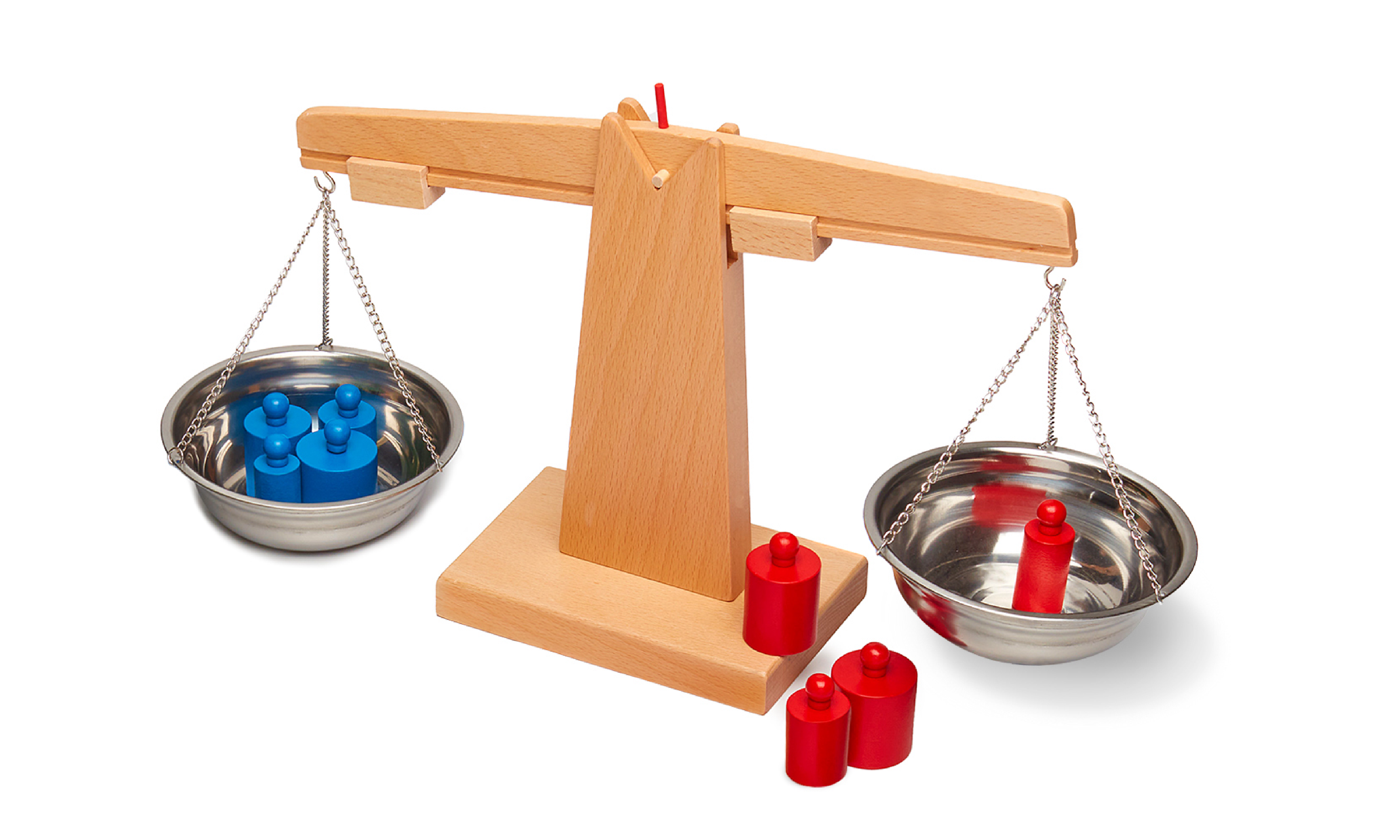
What can we compare using a balance scale?
- Anything that fits in the balance pans! Use materials from your study and ask, Which is heavier, the closed pine cone or the open one?
- Which is heaviest? Invite children to order a collection of items from lightest to heaviest.
- Which weighs more? Compare classroom materials, such a dry sponge vs. a wet sponge.
- Try using nonstandard measurement! How many Unifix® cubes does your sculpture weigh?
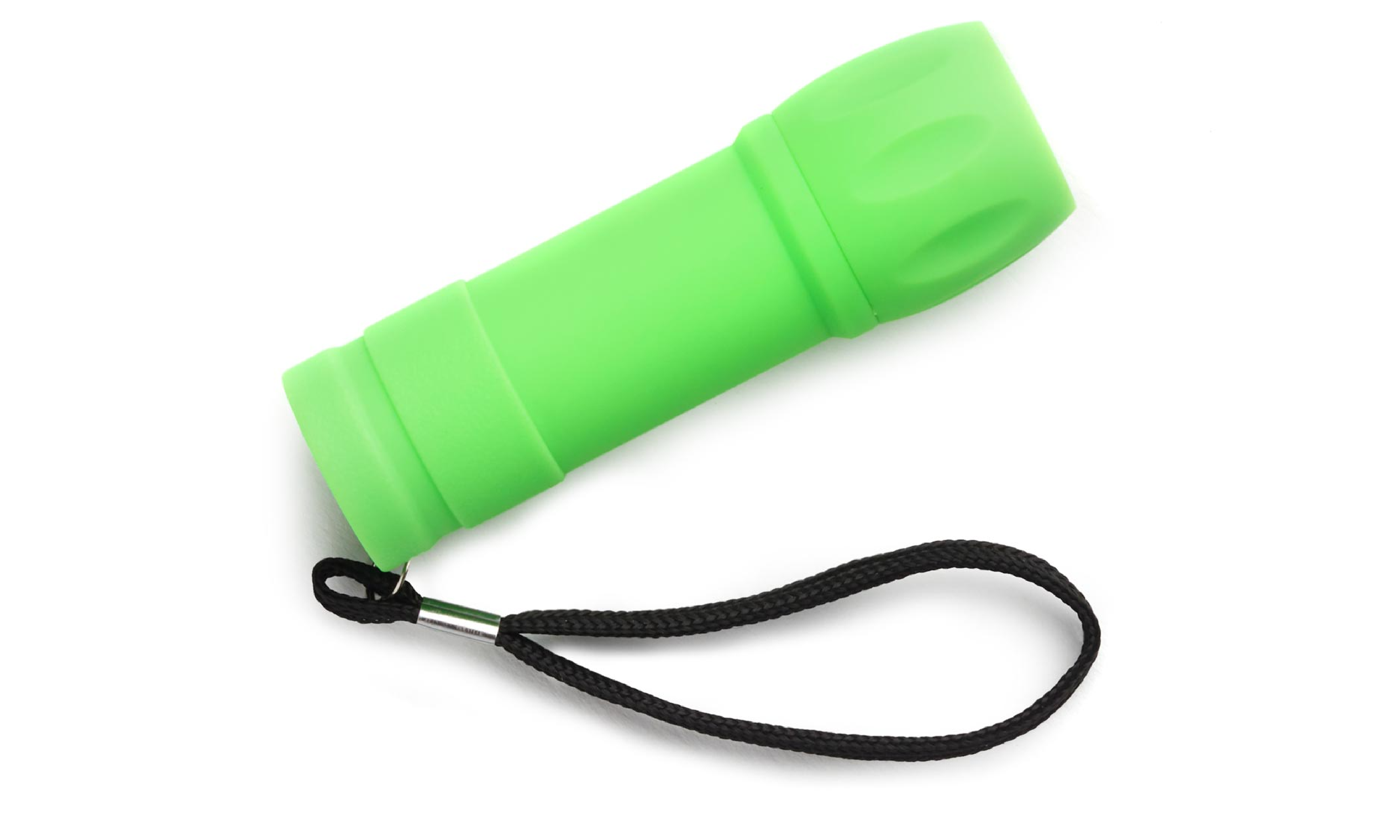
What can flashlights teach us about light?
- Shine flashlights through transparent blocks or water bottles containing colored water.
- Use plastic animals to make shadows. How do shadows get sharper or blurrier?
- Use flashlights to examine the plumbing under a sink. Do more flashlights make it easier to see?
How can flashlights help us learn letters and numbers?
- Read books by flashlight in a darkened corner.
- Use flashlights to “write” letters or numbers on the wall or ceiling.
How can flashlights help us communicate or share our thinking?
- Have a flashlight dance party! Dance and move flashlights to the beat.
- Shine a flashlight on each child (avoiding their eyes) to indicate that is their turn to leave the large-group area.
- Play “Flashlight I Spy” and have children shine their flashlights on their guess.
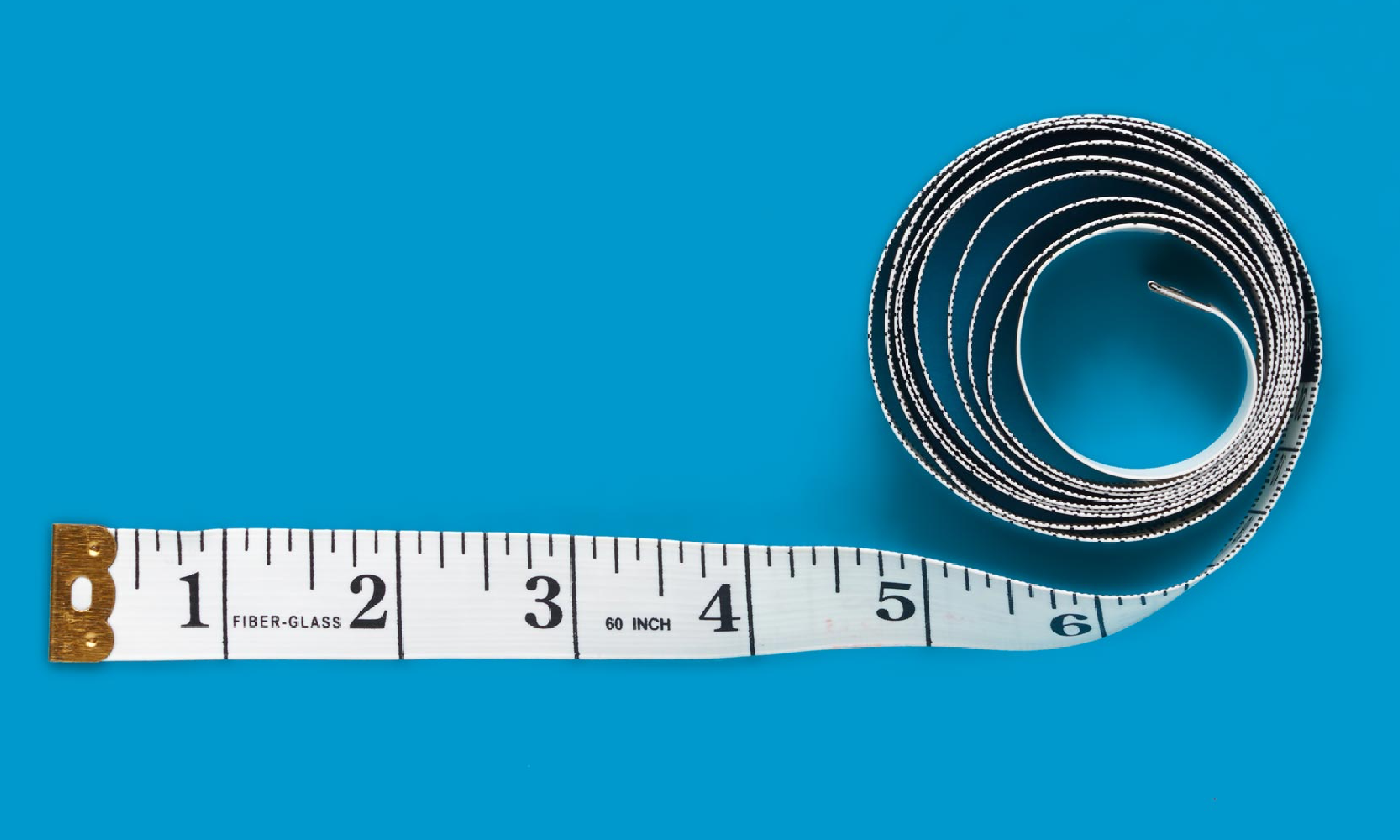
What can we measure?
- Almost anything can be measured—growing plants, books… even children’s feet!
- Compare two towers and predict which one is taller. Use a measuring tape to test your prediction!
- Each day, introduce a new item for children to measure, such as different lengths of tape, clay sculptures, toys, or natural items like leaves and sticks.
- Talk about circumference. Measure around bottles, plastic hoops, or children’s wrists!
Where can we measure?
- Hang or secure a measuring tape to create a “measuring station.”
- Take measuring tapes outdoors for impromptu comparing and measuring!
- Send measuring tapes home so children can measure and compare common items like shoes, pillows, and toys.
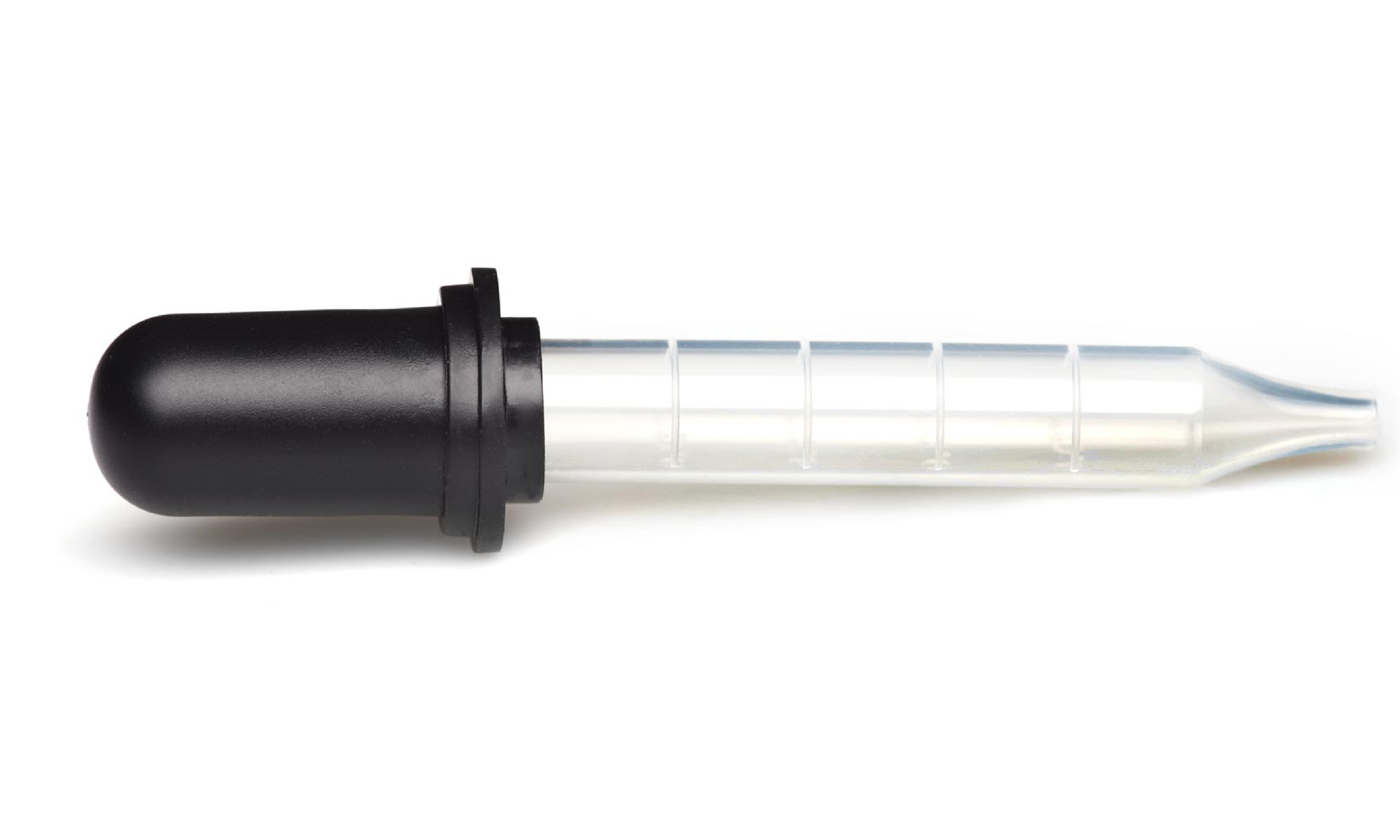
What can we create with eyedroppers?
- Drip paint on paper. Hold the dropper high and then hold the dropper low. How are the marks different?
- Use an eyedropper to create tie-dye designs with coffee filters.
How can using eyedroppers build children’s small hand muscles?
- Use an eyedropper to transfer liquid from a measuring spoon during cooking experiences.
- Fill tiny containers with water. Use an eyedropper to count the drops until it overflows!
- Challenge children to add precisely five drops of water to watercolor pans.
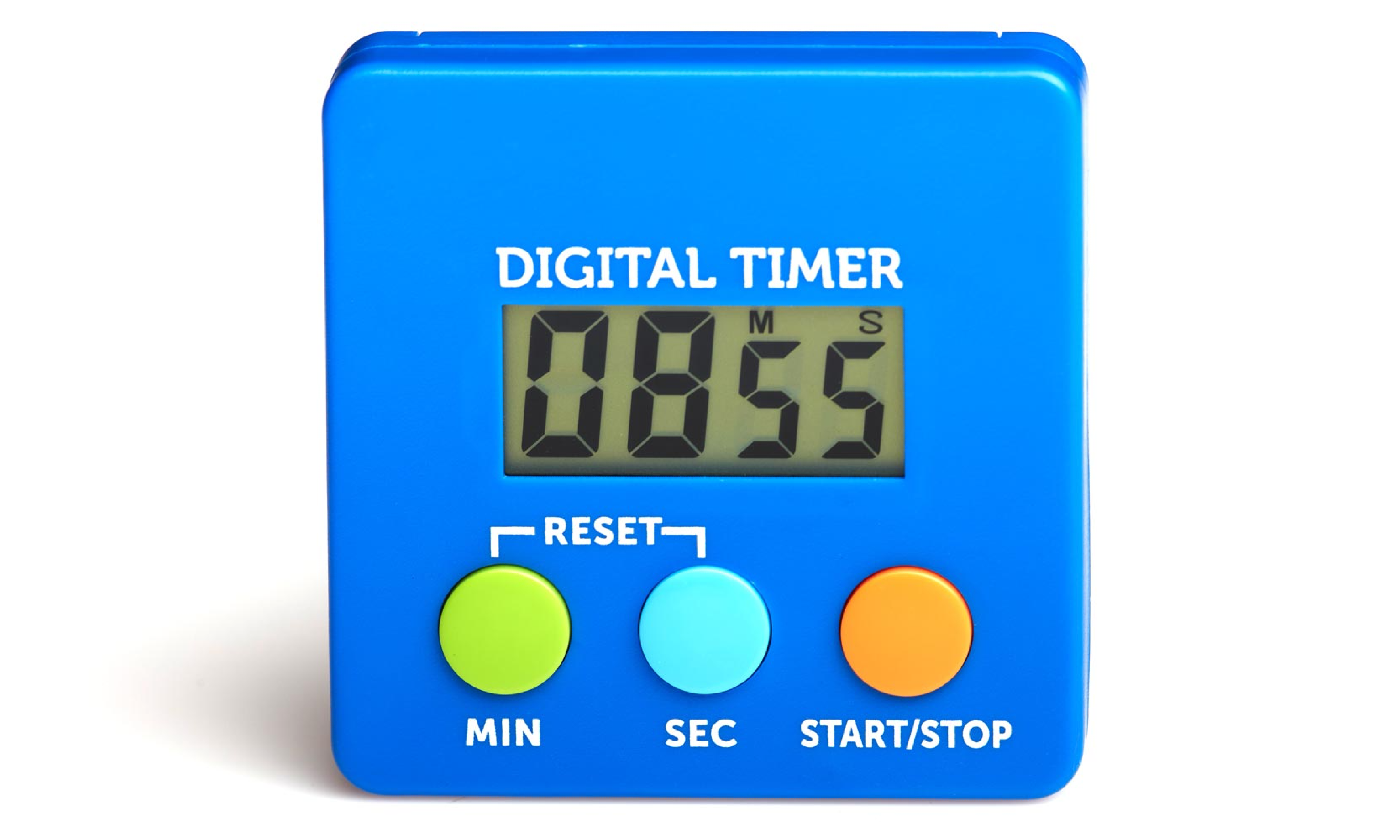
What can we measure with a stopwatch?
- Hold an Olympics outdoors! How many times can you hop in 30 seconds? How many colors can you spot in 15 seconds?
- Race the clock! How long can you balance on one foot or keep a scarf in the air? Can you break your record the next time?
- Have a “timekeeper” whose classroom job is to watch the stopwatch during timed experiences.
How can a stopwatch help us move?
- Set the timer for 60 seconds and take a dance break!
- Watch the stopwatch as it counts down to tap a steady 1-second beat. Can children march, jump, or walk to this beat?
- Set the timer to prepare for the next transition. When the timer goes off, call out Freeze! and give instructions for what to do next.

What can sorting hoops show us?
- Focus observational drawings by looking only at what is inside the hoop.
- Sort photos, props, or study collections, or even create your own Venn diagram!
- Make a “sundial!” Mark a shadow’s position at the beginning of your outdoor time and add another hoop at the end of outdoor time. Notice how the shadow moved!
How can sorting hoops help us create?
- Use hoops as frames for collages. Then attach drawings, photos, or study-related items!
- Use three hoops for telling or retelling stories. Introduce the story as you stand in Hoop 1, tell what happens in the story in Hoop 2, and explain how the story ends in Hoop 3!
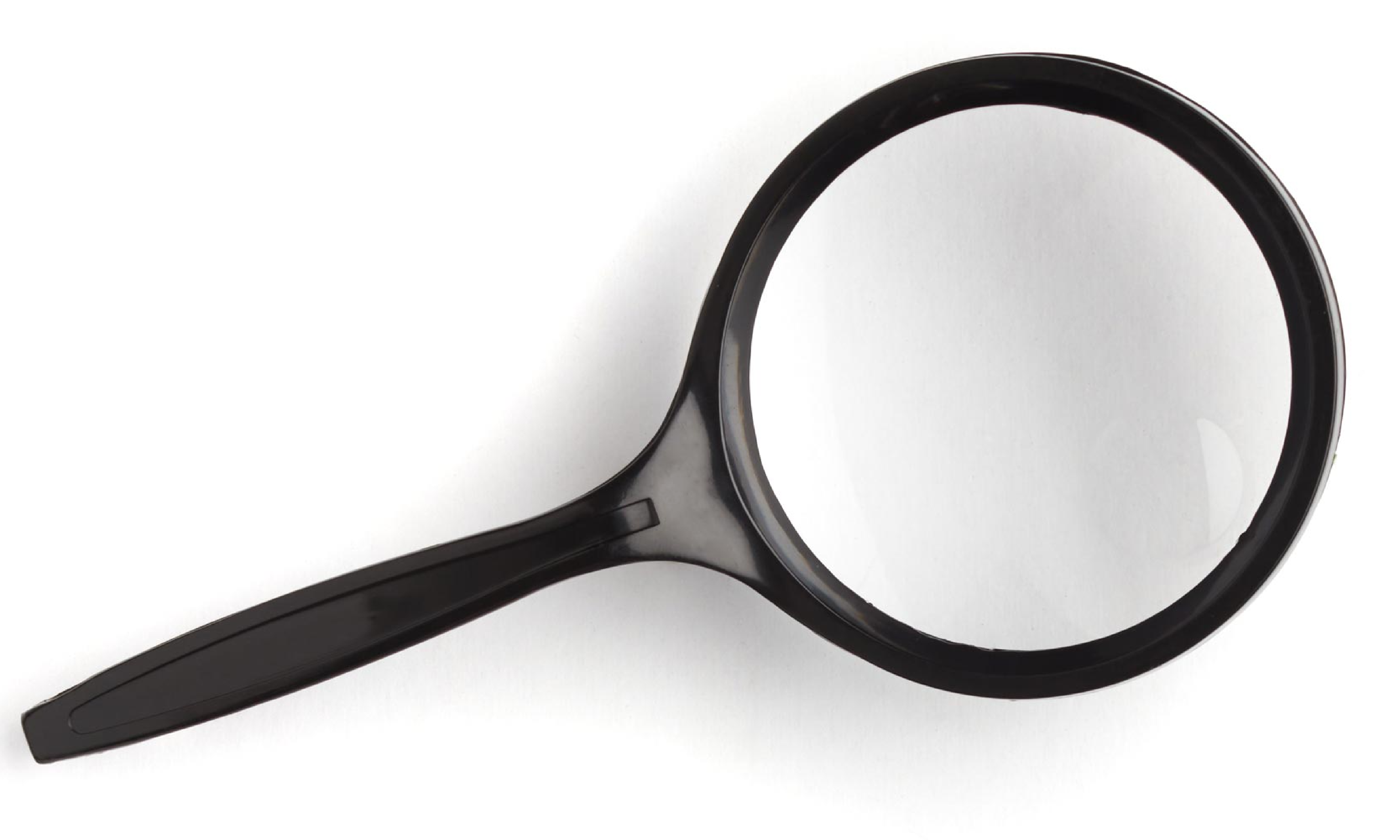
What can magnifying glasses show us?
- Examine insects, plants, and natural materials outdoors from a safe distance.
- Use magnifying glasses to notice details to add to observational drawings!
- Put an interesting item on a mirror and then use the magnifying glass. Does this change what you can see?
- Use rich vocabulary (such as rippled, translucent, opaque, sharp, smooth, gritty, and coarse) to describe what you see.
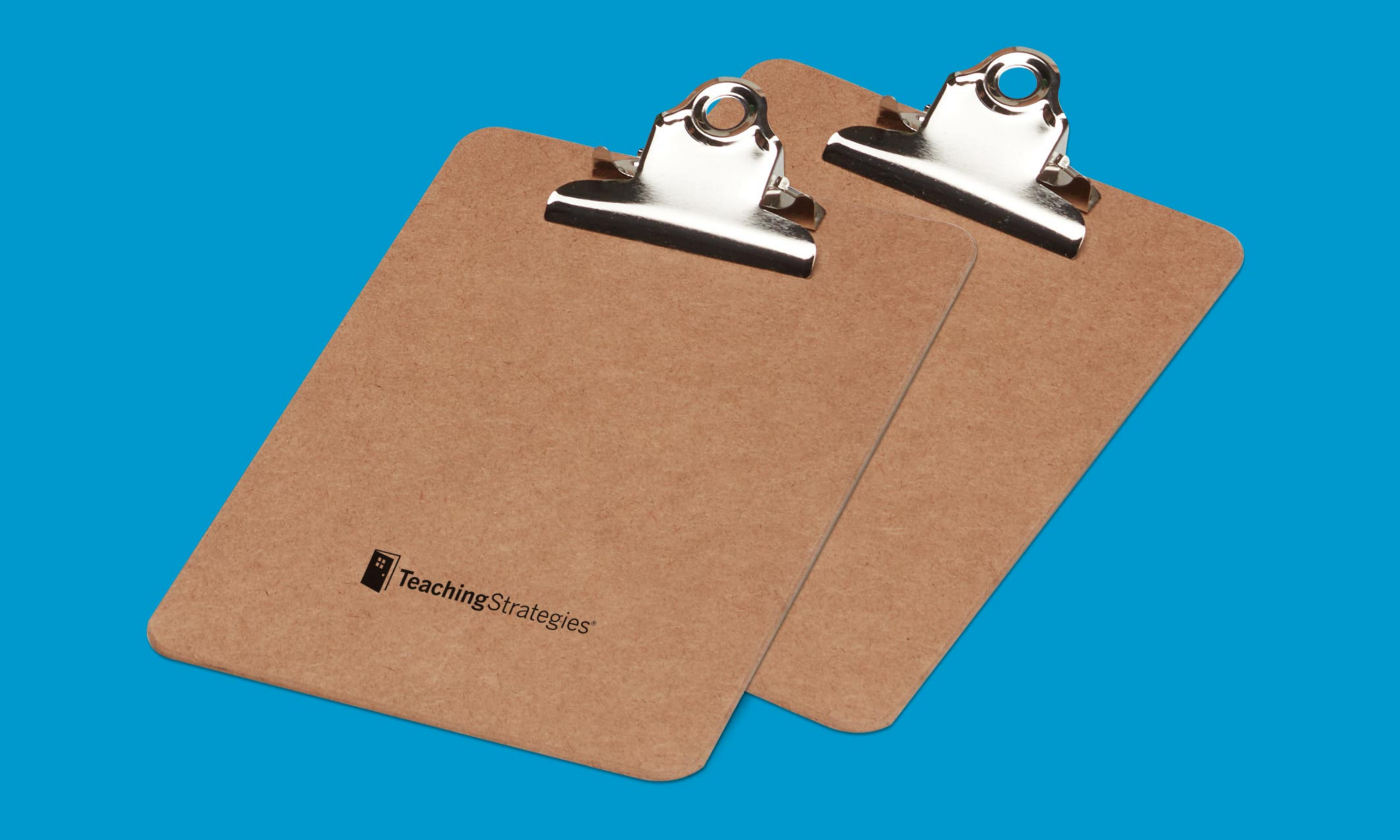
What can we document on a clipboard?
- Document learning anywhere! Encourage children to use clipboards to jot down notes, tally items, or sketch their block creations.
- Use clipboards to display waiting lists in popular interest areas.
- Offer interesting writing tools to inspire children to write or draw!
Where can we use a clipboard?
- Place clipboards in each interest area and everywhere children go to encourage writing and drawing!
- Give each child a clipboard on a walk, a site visit, or large-group meetings so they can create observational drawings.
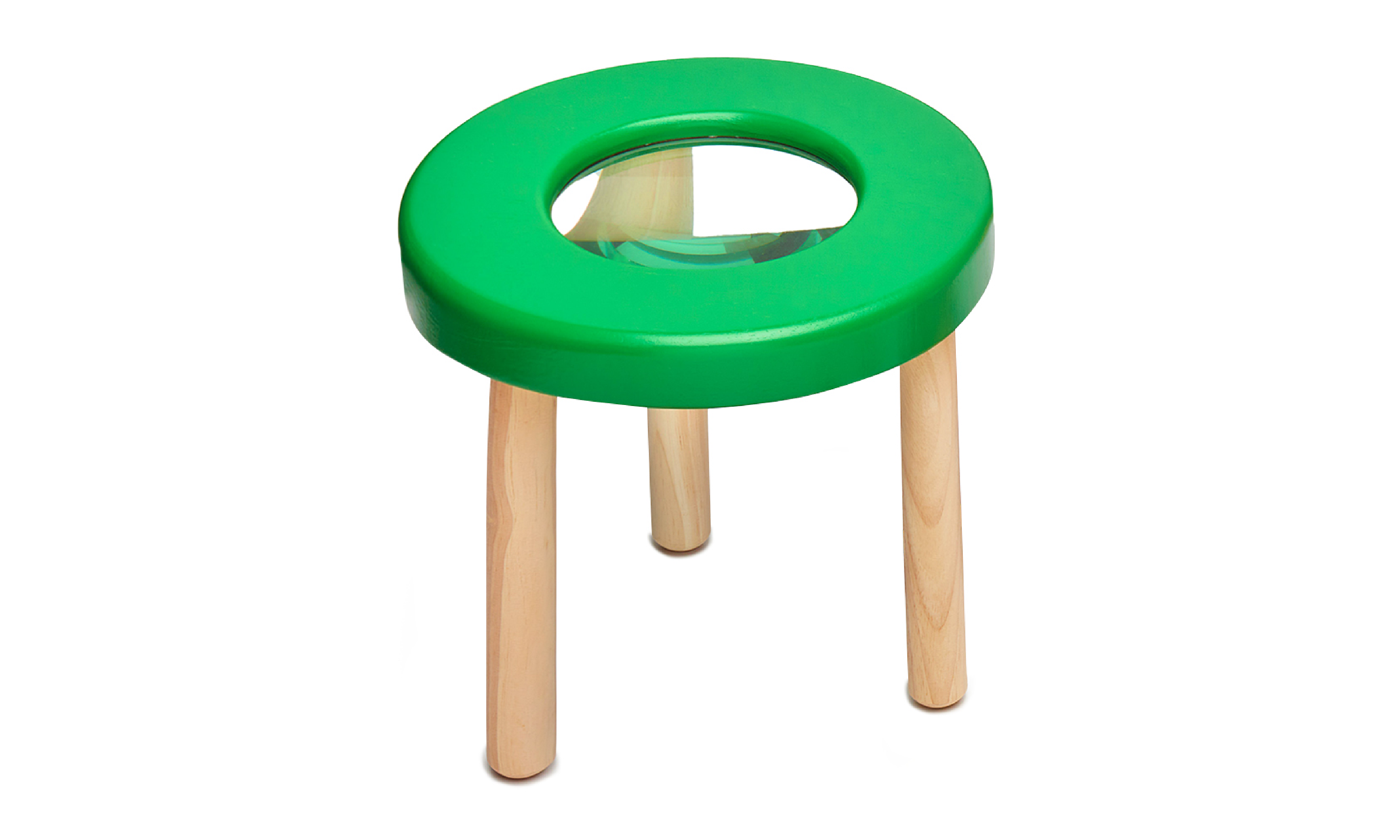
What changes can we see using a tabletop magnifier?
- Watch how an ice cube changes as it melts. Notice the bubbles and drops of water.
- Mix paint colors or other liquids (oil and water) and watch how they blend.
- Watch insects move in a bug-catcher container!
What can a tabletop magnifier show us?
- Invite a small group of children to describe what they see. Model using rich language like This soil is crumbly and dry.
- Notice tiny details in photos or books.
- Identify letters in teeny-tiny text.
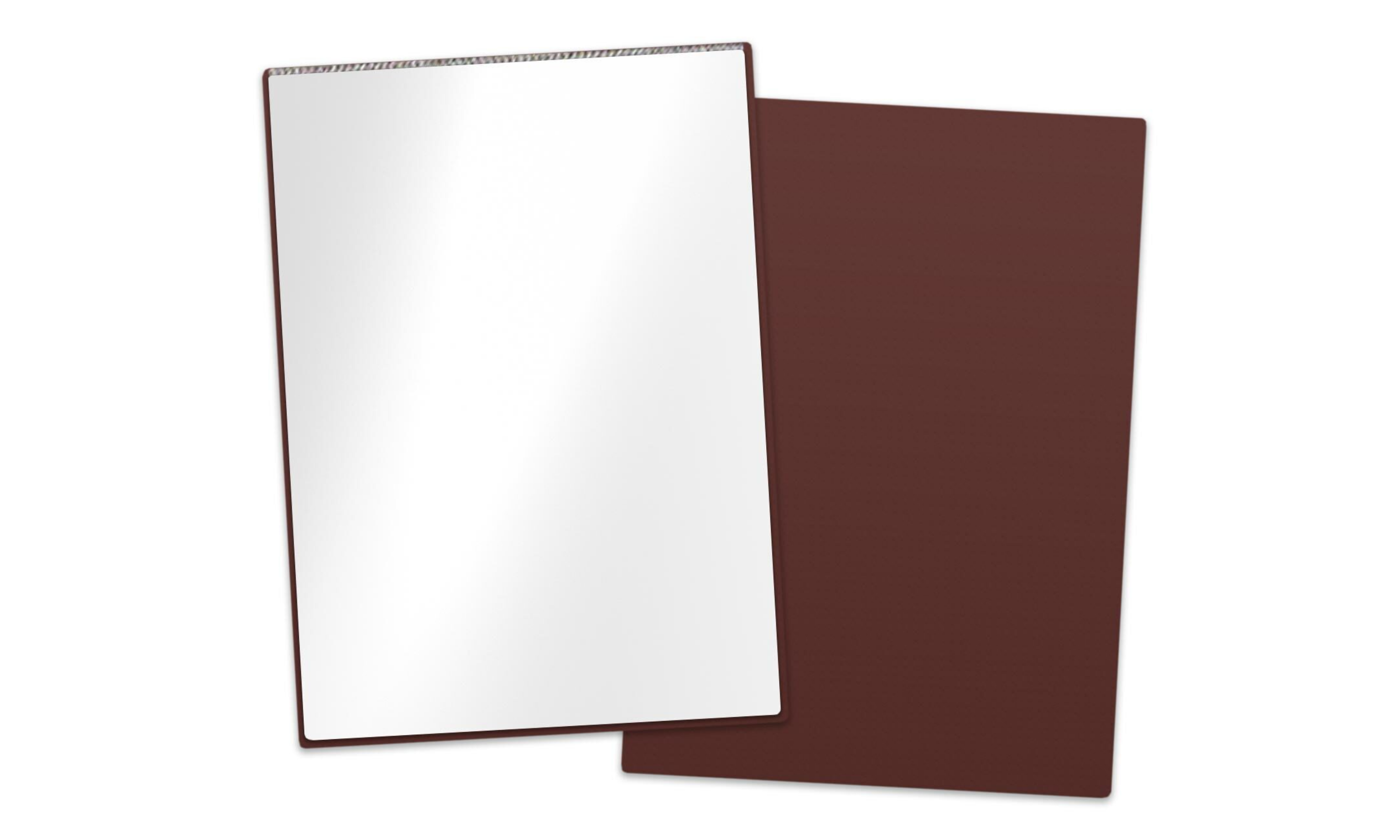
What can we learn about symmetry?
- Line up Unifix® cubes or tangram pieces along a mirror.
- Position two mirrors in a “V” shape and create kaleidoscopic designs using tangrams!
What can we see on our faces?
- Make self-portraits. Use a mirror to look closely at your facial features. Draw what you see.
- Use dry-erase markers to trace your face directly onto a mirror.
- Looking into a mirror, name and describe an emotion and notice how your face changes.
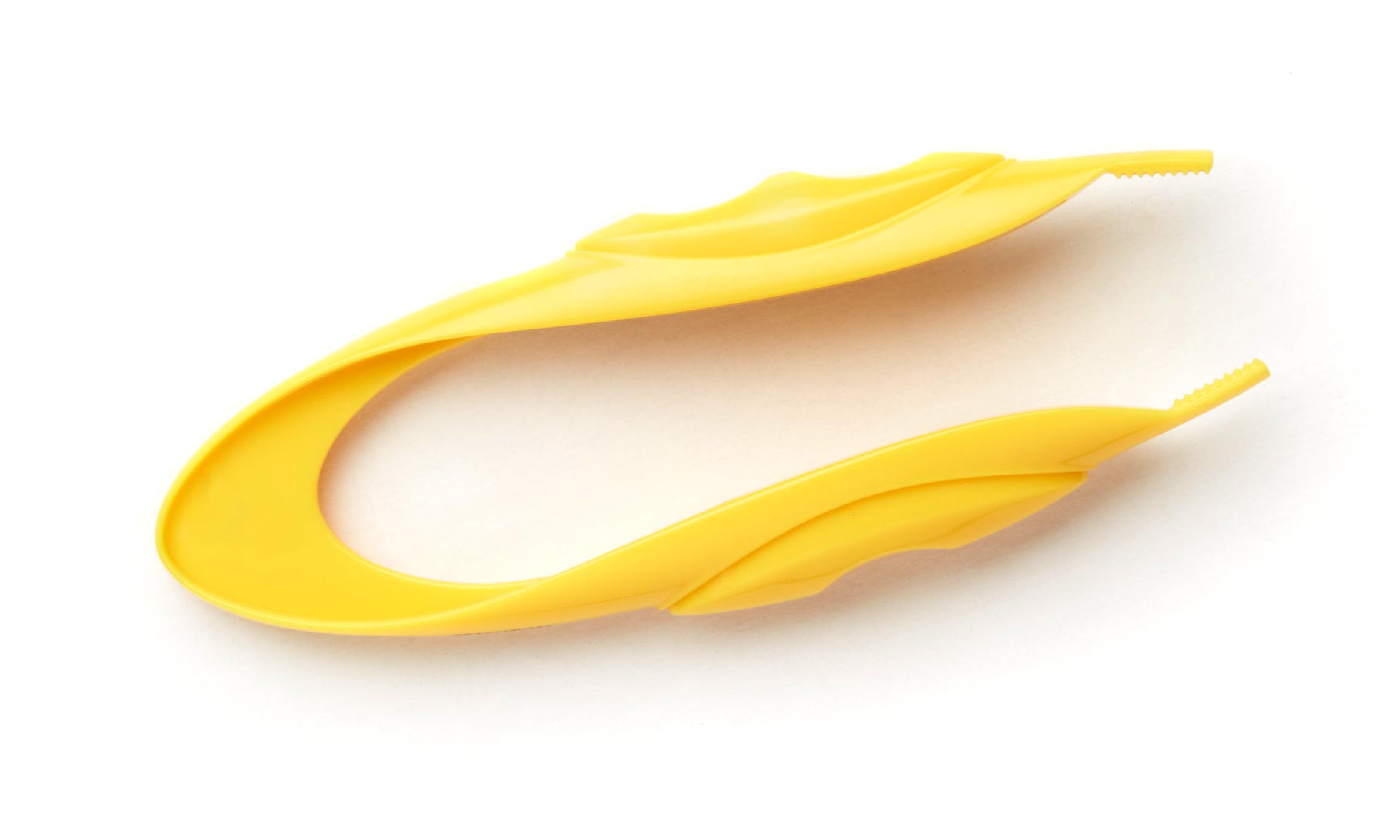
What can we pick up with tweezers?
- Try pulling up stickers or tape.
- Use tweezers to take apart a flower under the tabletop magnifier. What can you see?
- Add final touches or garnishes during cooking experiences.
- Add small items to art collages or place small pieces of paper in a mosaic.
How can tweezers help us build small hand muscles?
- Move small items from one container to another. What makes some items easier to grasp?
- Challenge children to see how many pom-poms they can move with tweezers in 15 seconds.
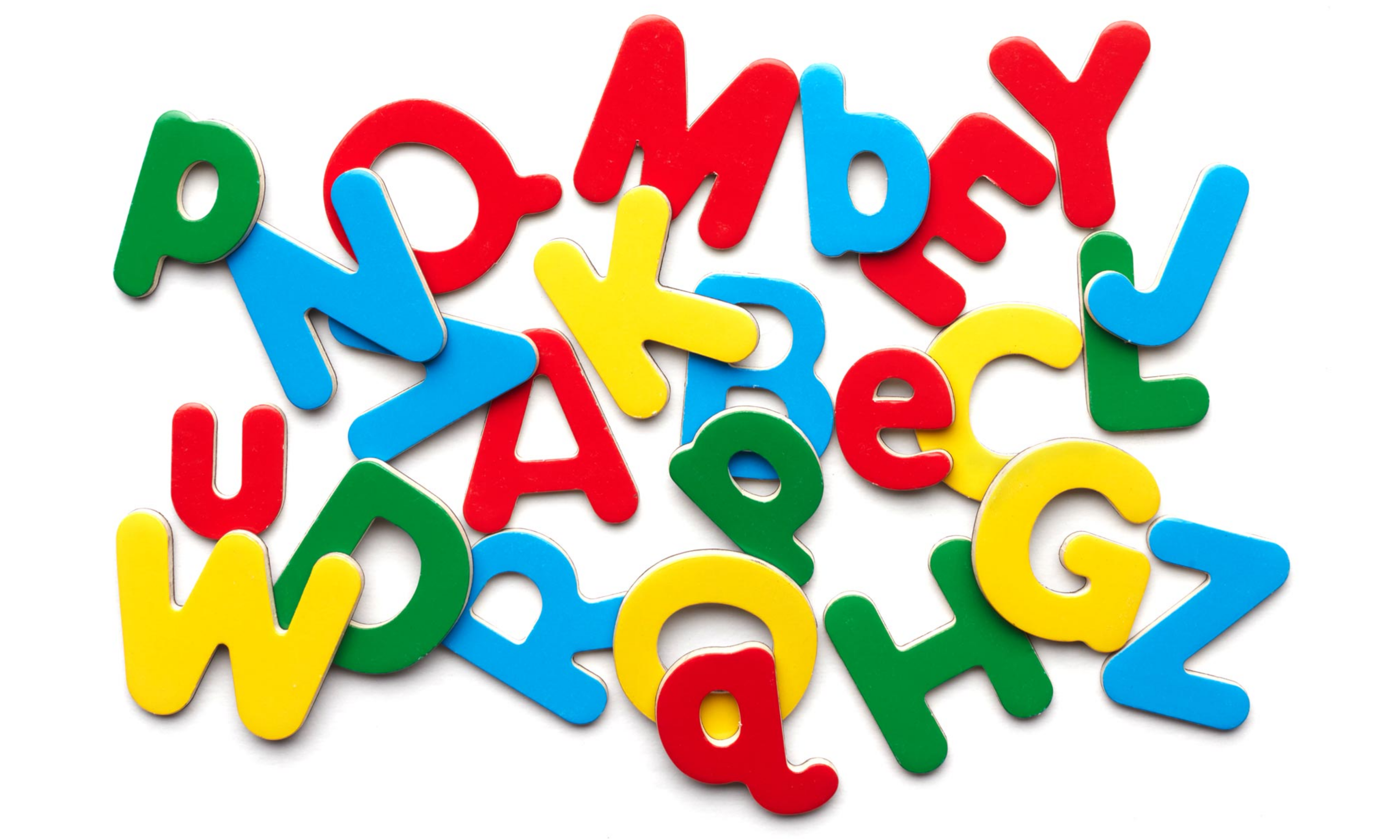
What can we write with magnetic letters?
- Make acrostics! Write a word next to each letter of a child’s name.
- Think of words that describe a child and have the same beginning letter sound as their name: Emma is energetic, exciting, and enthusiastic!
- Print out children’s names and commonly used words for children to spell out using magnetic letters.
Where can we use magnetic letters?
- Use magnetic letters to act out the classroom favorite, Chicka Chicka Boom Boom, in the Library area!
- Use a large magnet to “fish” out a letter from a sensory bin. Name the letter and say its sound.
- Trace letter shapes and talk about features like “open” letters (e.g., L, C) and “closed” letters (e.g., A, B) in the Toys and Games area.
- Use cookie sheets to create a mobile letter experience indoors or outdoors!
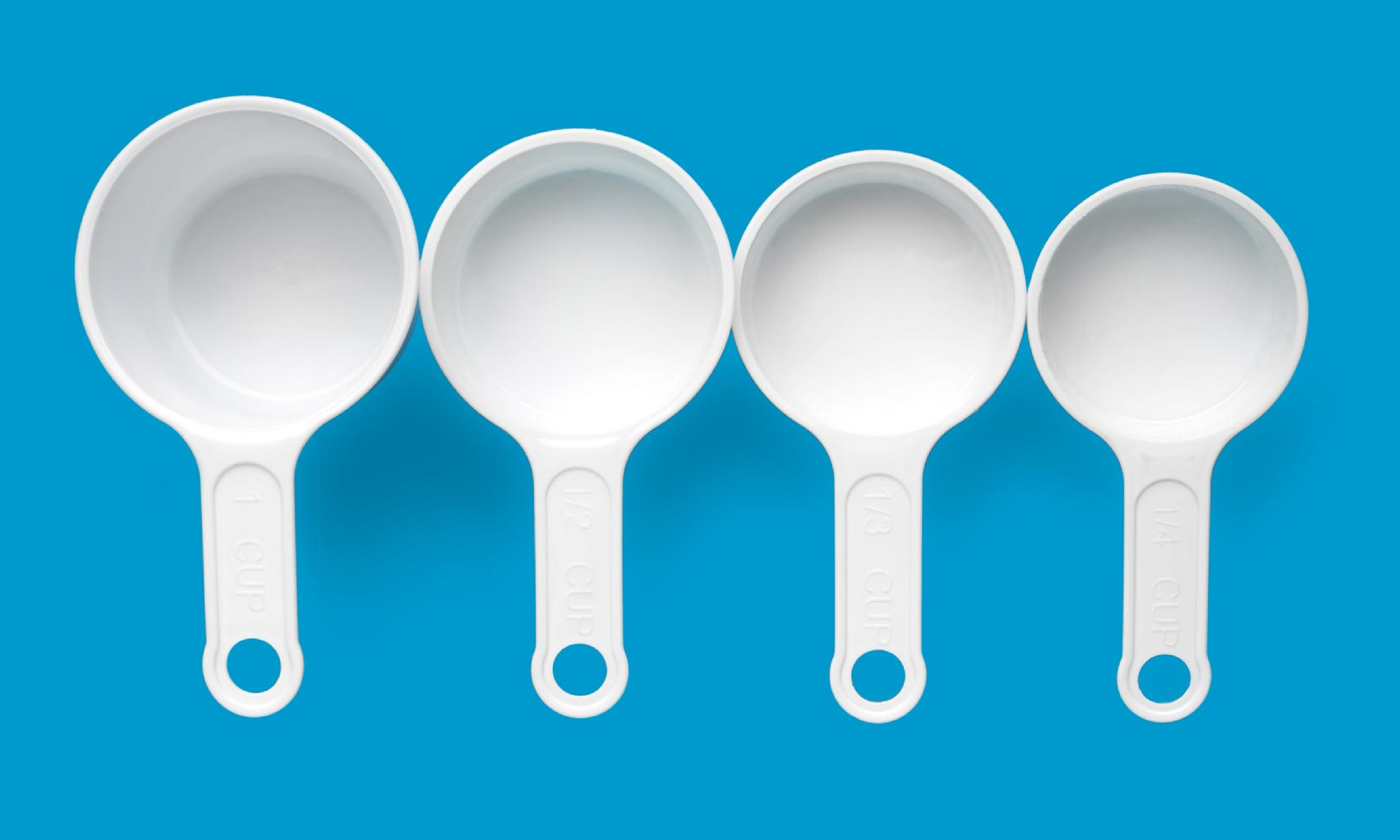
What can we measure with measuring cups?
- Almost any liquid or small items can be measured. Introduce standard measurement! How many 1/4 cups of water does it take to fill a cup?
- Use nonstandard measurement! How many scoops of sand does it take to fill a 1/2 cup?
- Invite children to add ingredients for cooking or sensory experiences.
- Use measuring cups to create sandcastles!
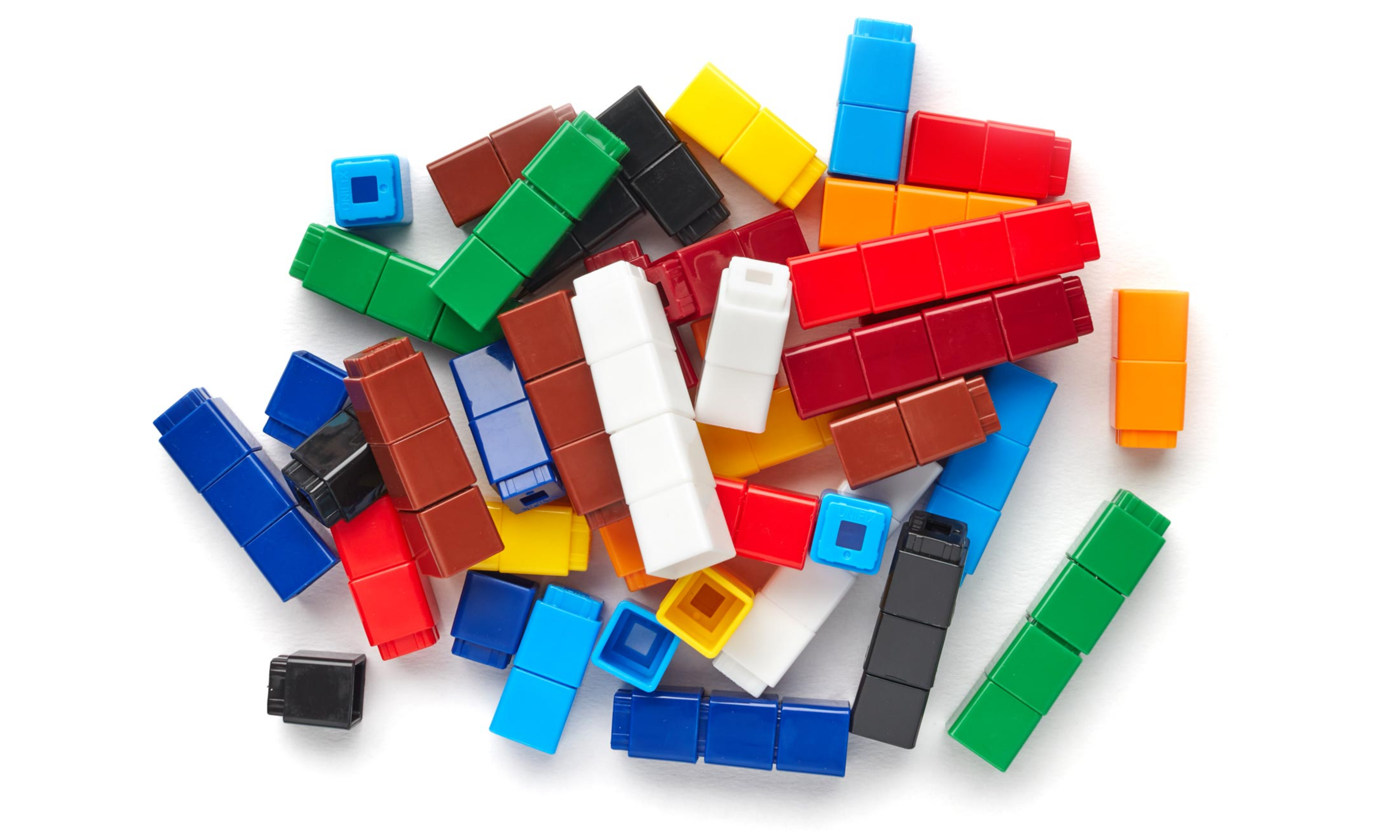
What can we make with Unifix® cubes?
- Patterns! Ask children to copy or add on to patterns.
- Use paint with the cubes to stamp artistic designs.
- Show a written numeral and make a tower with the corresponding number of cubes.
- Use cubes to illustrate addition and subtraction problems!
How can we measure using Unifix® cubes?
- Use nonstandard measurement! How many cubes tall? How many cubes wide?
- Count the syllables in your name! Use one cube to represent each syllable.
- Give each child a cube to graph their preferences or votes.
- Guess how many! Put Unifix® cubes in a jar and see whose estimate is closest.
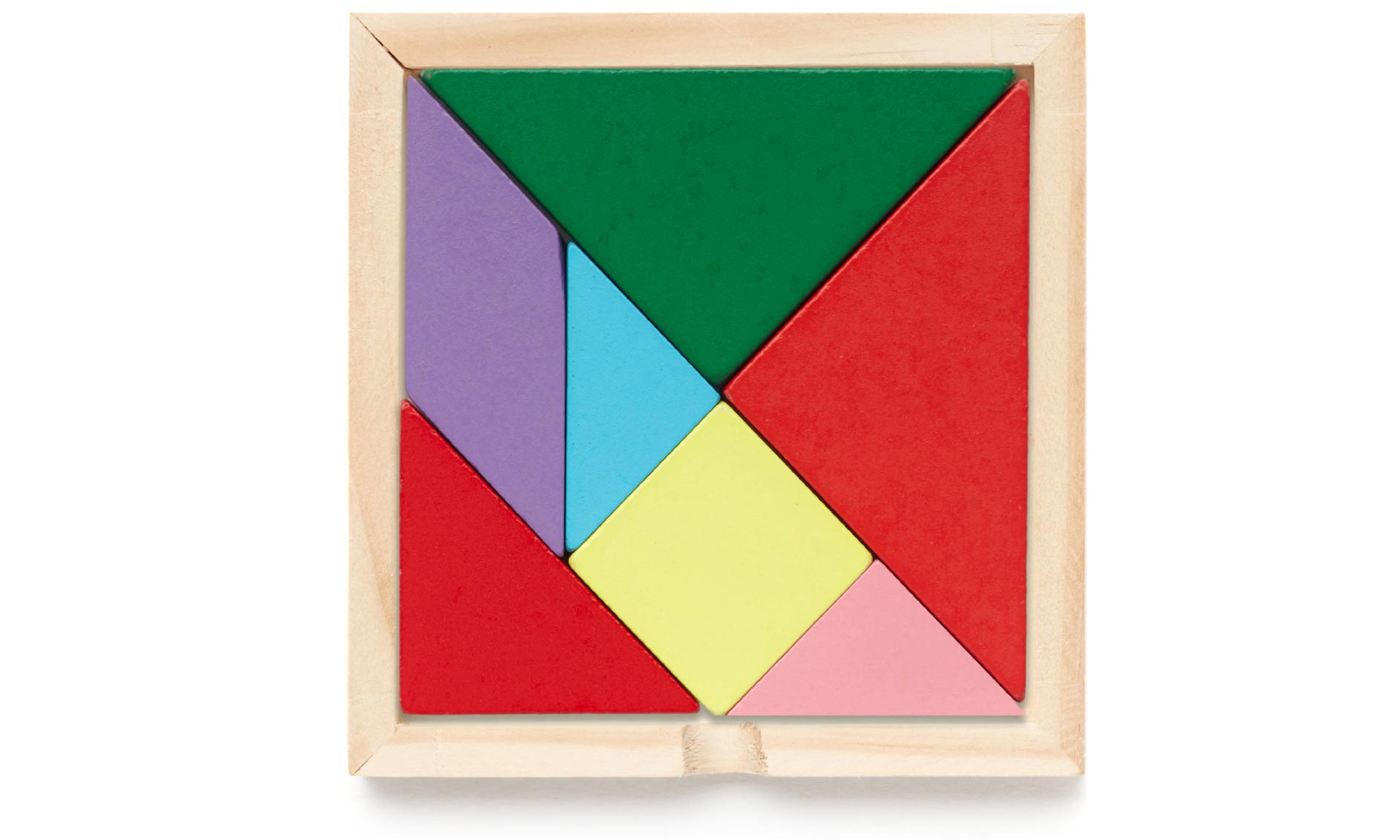
What can we create with tangrams?
- Cubist art! Use tangram pieces to create your own artistic masterpiece.
- Match a sample image or change the pieces and make it your own.
- Create geometric figures. Can you make a square with two tangrams?
- Make groups of tangrams! Sort by color, shape, or geometric characteristics.
What do we call that?
- Use tangrams to introduce math terms like flip, rotate, symmetry, angle, side, or vertex.
- Compare and define geometric shapes like trapezoid, square, rectangle, and triangle.
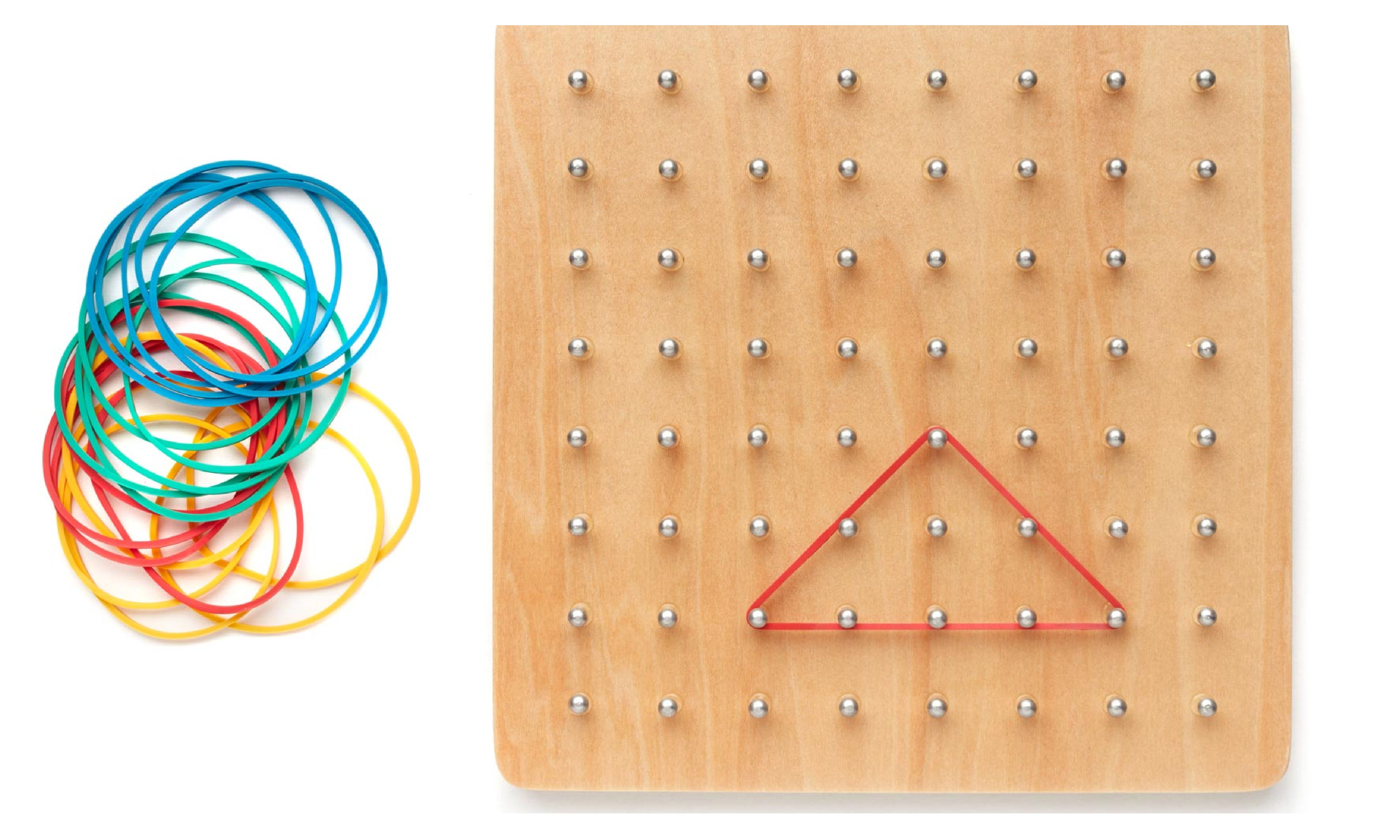
What can we do with a geoboard?
- Support fine-motor development by stretching rubber bands around pegs.
- Use rubber bands to create letters or geometric figures.
- Use rubber bands to create your own art! Can you make snowflakes, flowers, faces, or houses?
- Try different materials on the geoboard, like fabric loops, yarn, and hair elastics.
- Make string art! Use yarn or string to create a unique piece of art.
Now what do we see?
- Challenge children to make changes to their geoboard figures. How can we make this rectangle into triangles?
- Stand a mirror next to the geoboard and talk about how the design is symmetrical, or the same on both sides.
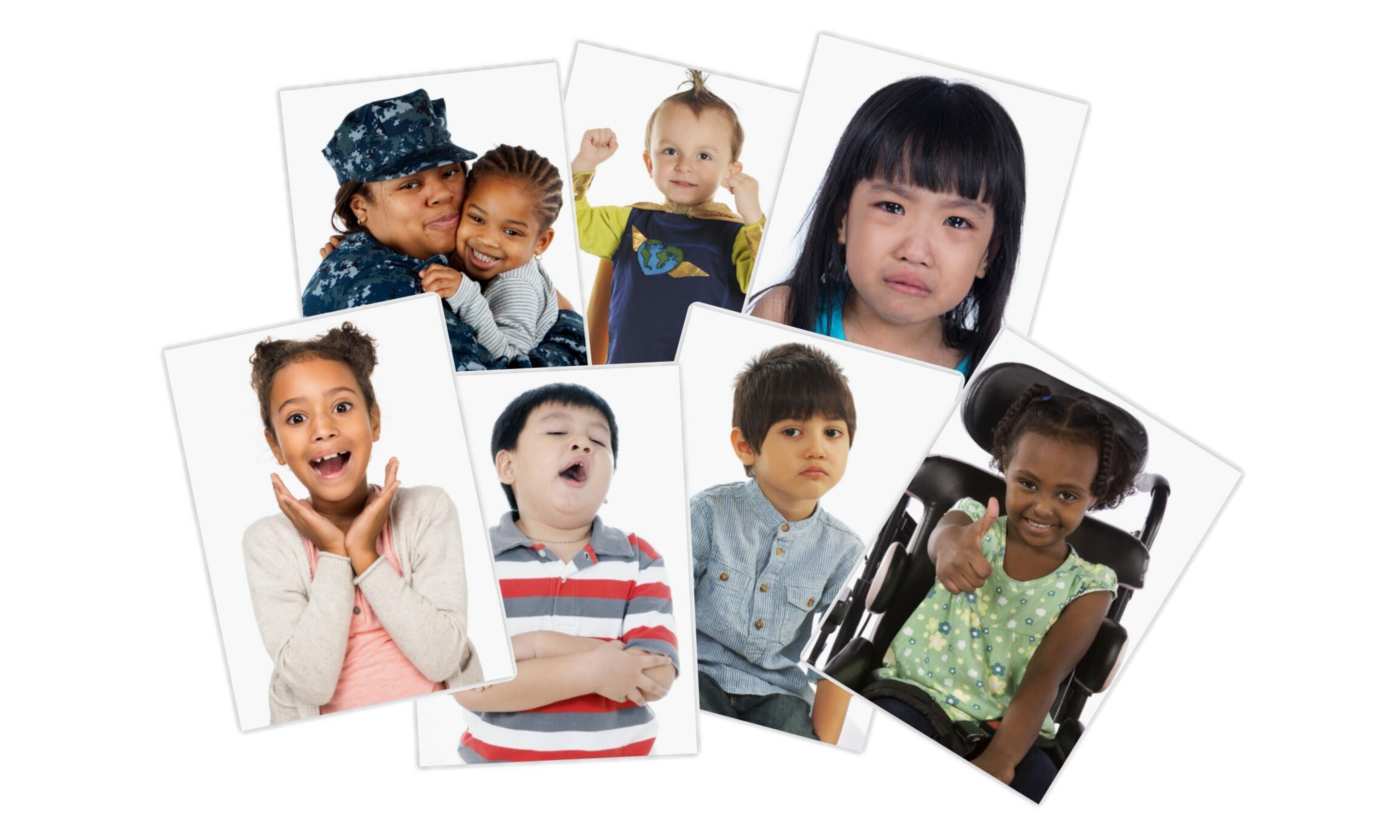
What does that face say?
- Talk about how an emotion card can show a variety of emotions, like bored, tired, lonely, etc.
- Use emotion cards to practice identifying facial expressions in others. Talk about how those people might be feeling.
- Show an emotion card and talk about what you can do if you see someone feeling that way.
- Ask children to select emotion cards that match the feelings of characters in a book.
What does your face say?
- Find the emotion card that matches how you feel. Invite children to dance, move, or paint how they feel.
- Show an emotion card and look in a mirror to copy the facial expression. Talk about how that emotion feels.
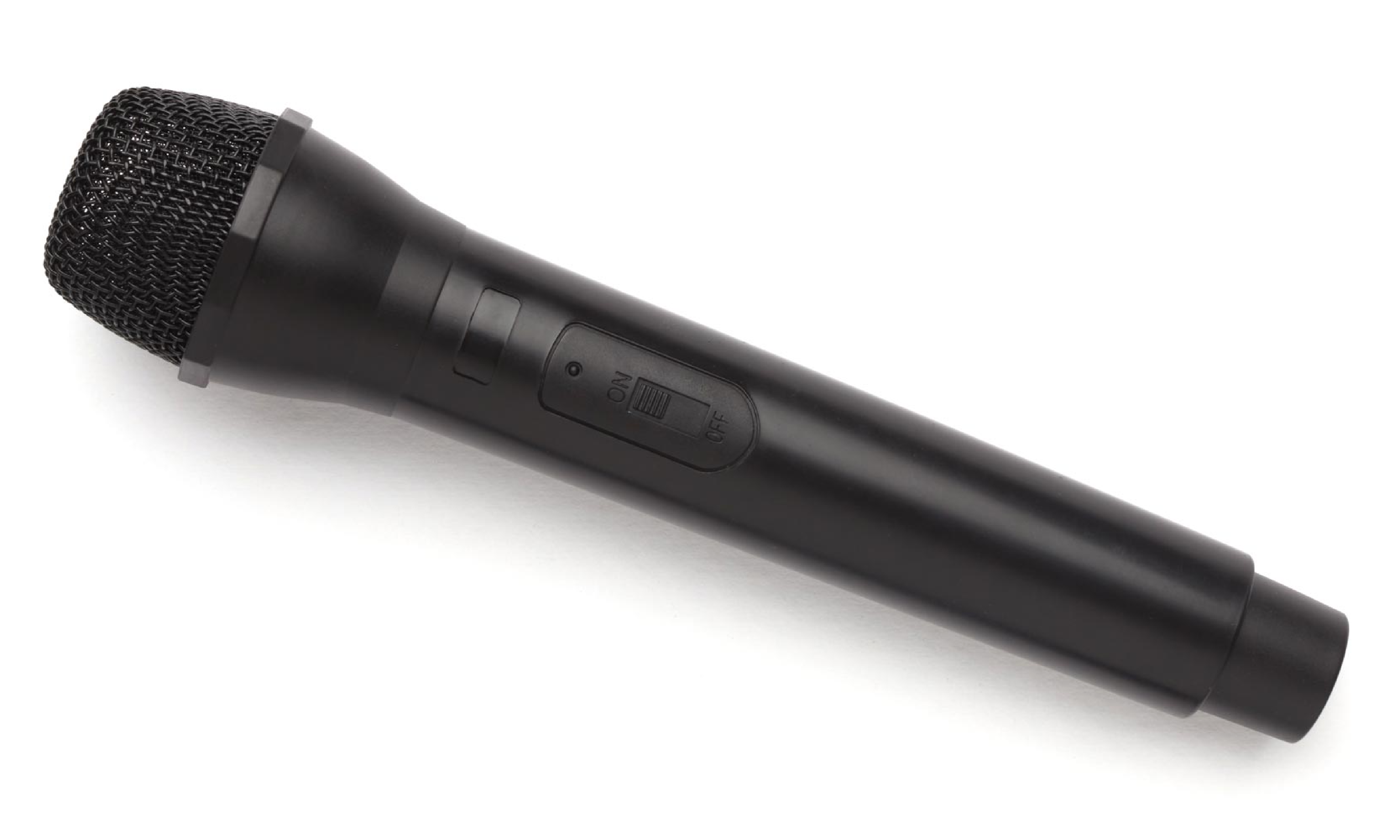
How can the microphone encourage children to express themselves?
- Microphone interviews! Invite children to interview each other about their interests or discoveries.
- Encourage classroom performers to tell jokes, report on classroom news, sing a familiar song, read a book, or play an instrument!
How can microphones help us know whose turn it is?
- Use the microphone for games like “Simon Says.”
- Spin the microphone! Encourage turn-taking in large groups by spinning the microphone to point to the next speaker.
- Have a classroom “lead singer” to lead the group in transition songs!
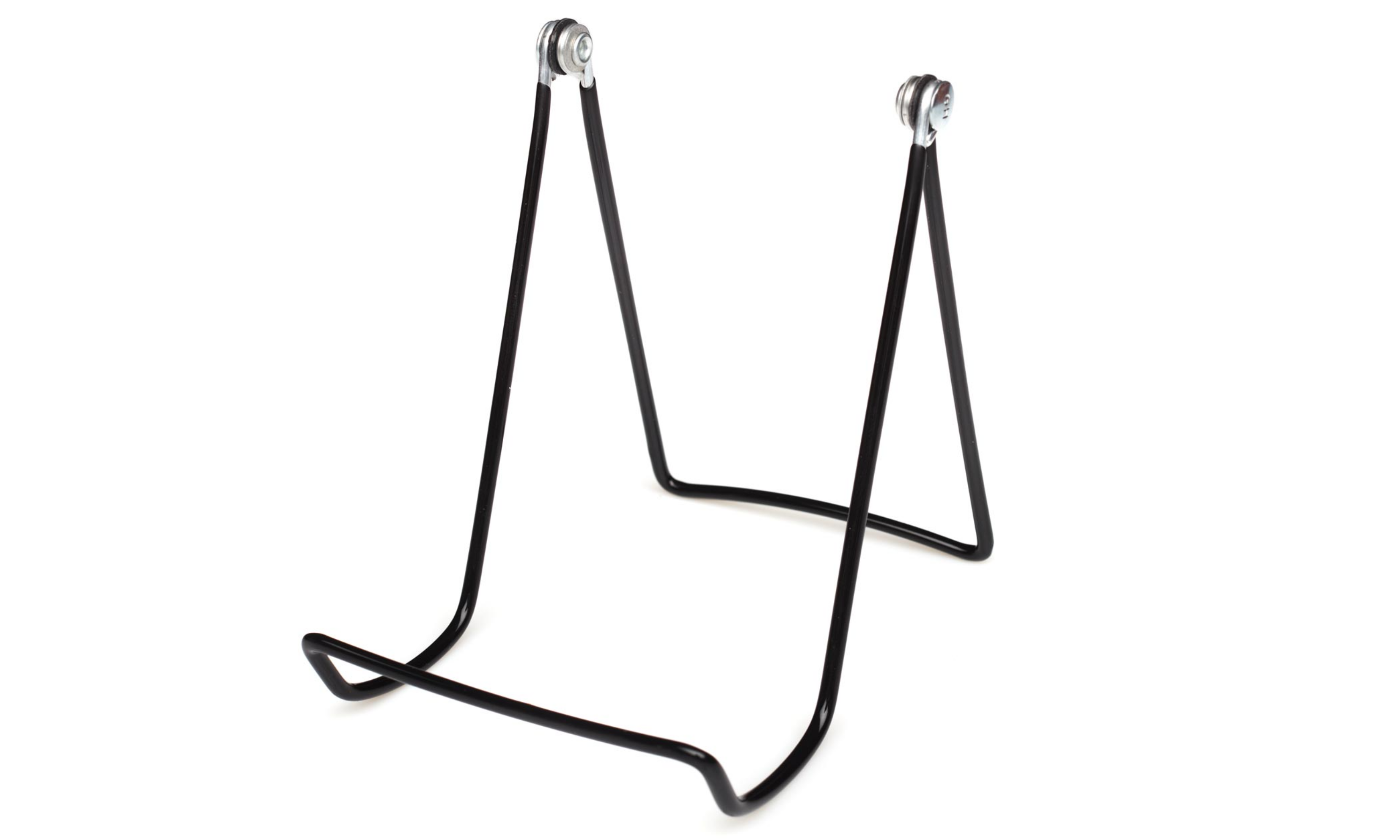
What can we display on book easels?
- Draw attention to children’s observational drawings!
- Highlight important books related to the study.
- Show famous artists’ paintings or photographs for children to use as artistic inspiration.
- Use easels to display signs, pictures, or materials you use every day, like the question of the day or class-made books.
- Post examples of children’s graphs or drawings at the end of the study during the celebration of learning!
Where can we use easels?
- Use easels in interest areas to draw attention to special books or references.
- Frame and display children’s artwork around the classroom.
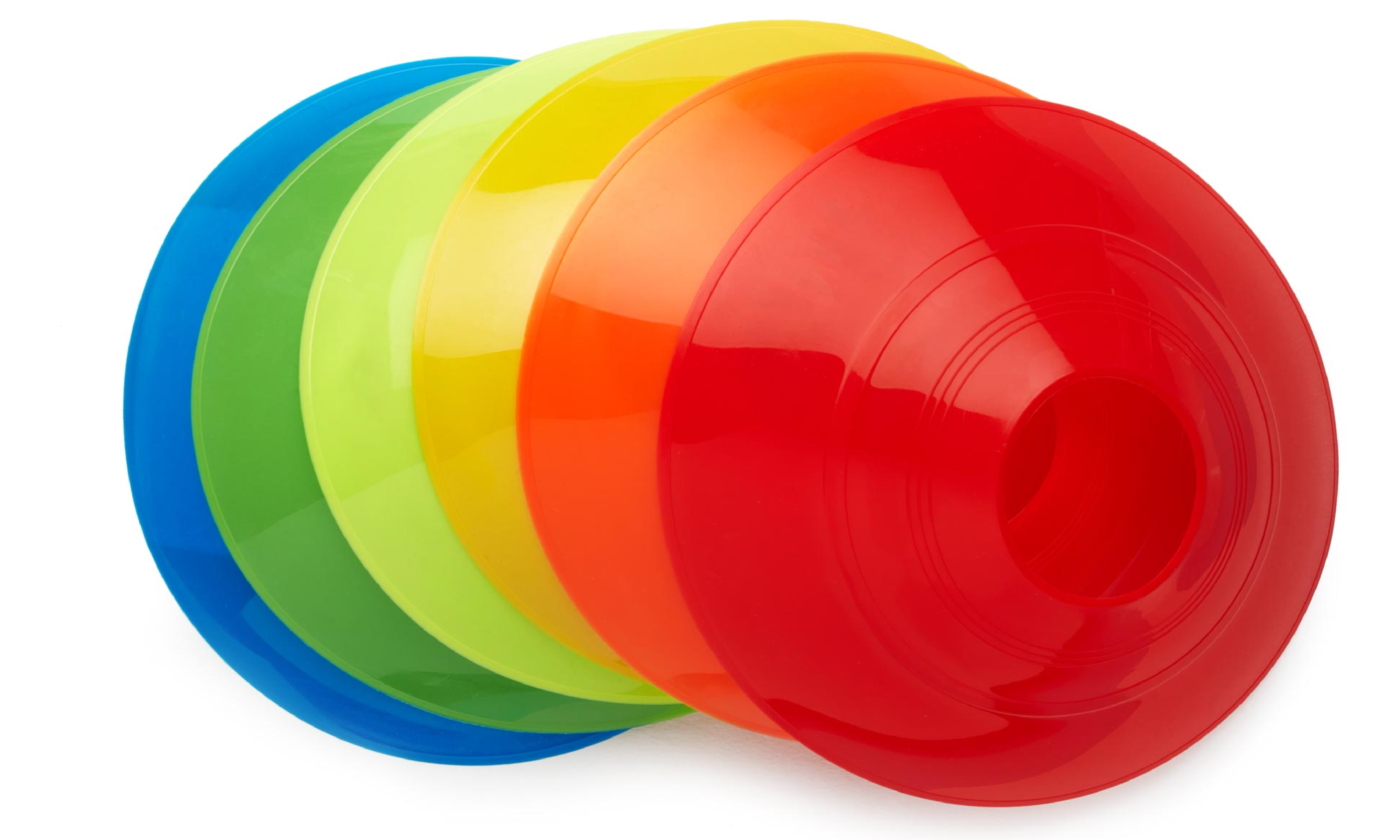
How can we use plastic cones indoors?
- Use cones to mark and set up different stations during a celebration of learning.
- Retell stories! Designate each cone as a different setting in a familiar story, like We’re Going on a Bear Hunt.
What can we do with plastic cones outdoors?
- Build complex pathways for movements. Challenge children to run, gallop, skip, hop, or dribble a ball around cones.
- Use cones to define a “home base” or “goal” during movement activities like soccer or hide-and-seek.
- Invite children to make their own obstacle course! Assign a different movement for each cone, like bounce and catch a ball 3 times, jump 4 times, touch your toes 5 times, etc.
- Use cones to mark how far children can kick or throw a ball.
- Trace around the cones to make “bubbles,” “stepping-stones,” or “lily pads.” Challenge children to hop from place to place. Then add letters: Hop to the letter that sounds like /m/!
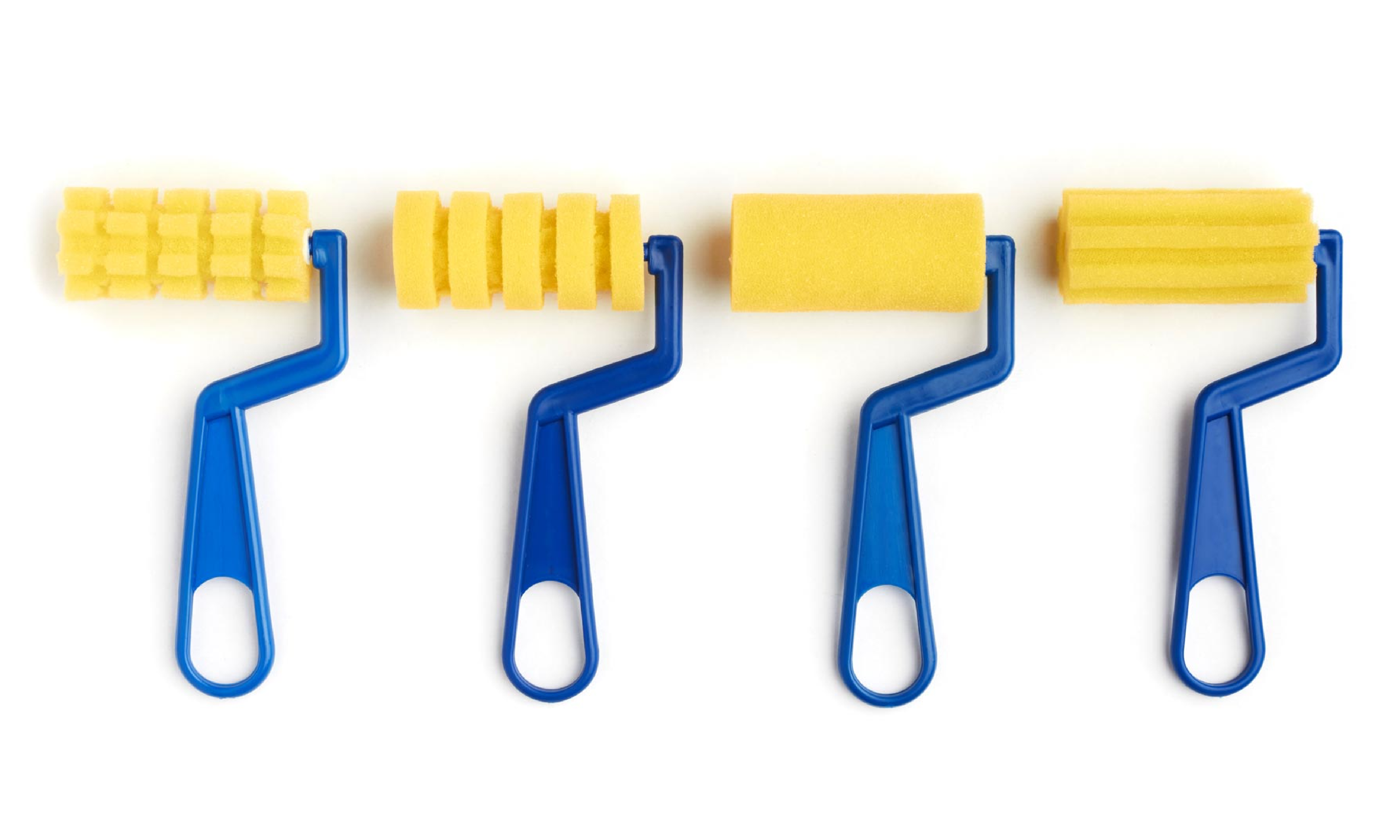
What can we create with rollers?
- Textures! Compare how different rollers make unique textures.
- Paint with the same roller in different directions to create new patterns and textures!
- Paint large paper or cardboard boxes for the Dramatic Play area or to make a cozy corner.
Where can we use rollers?
- “Paint” outdoor walls or sidewalks with water. Notice how the art dries and disappears!
- Post paper or cardboard on a fence for large roller mural paintings.
- Go outdoors and use rollers to wash tables or play structures with soap and water!
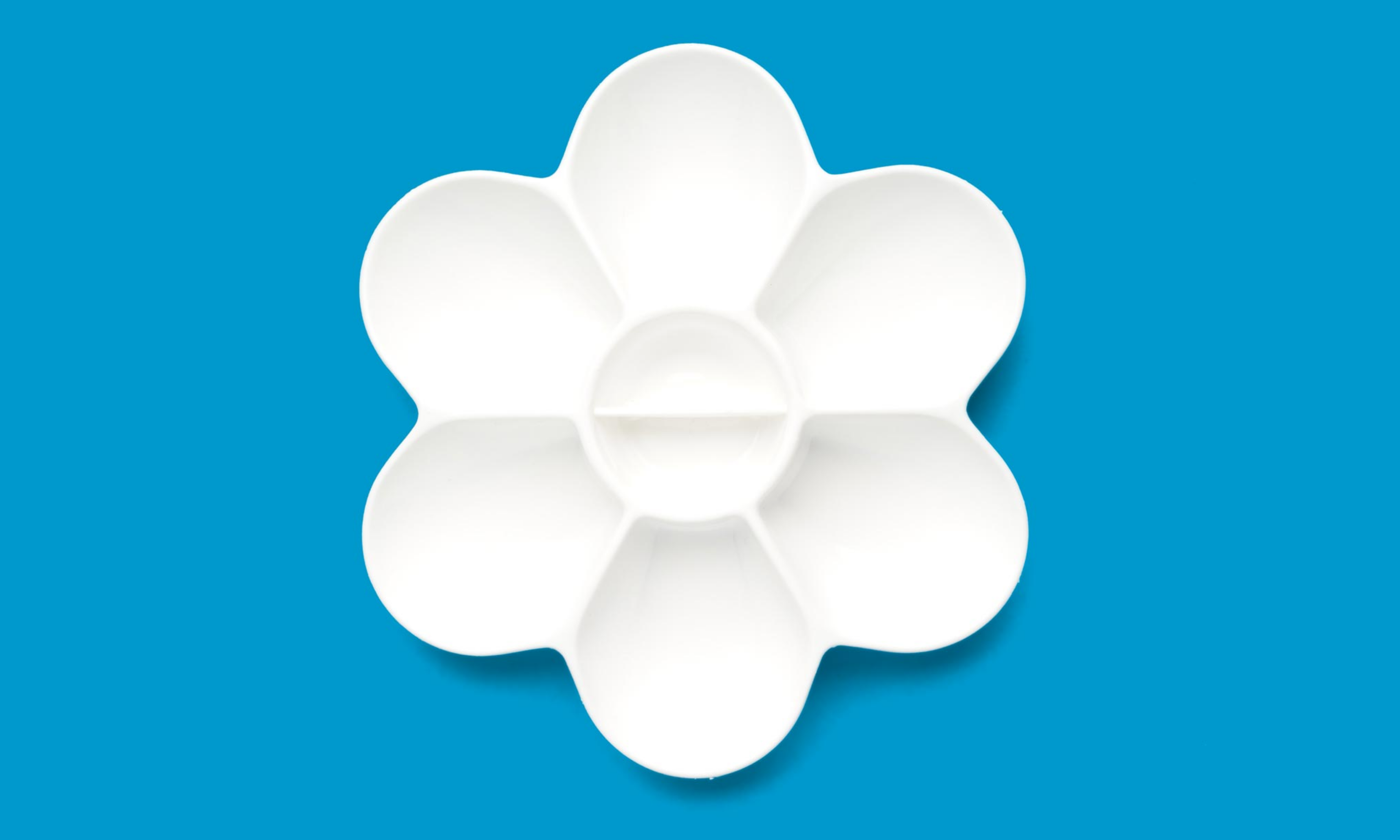
What colors can we make using a paint palette?
- Try color-mixing! Mix primary colors (yellow, blue, red) to create new colors.
- Talk about shades of colors. Use light and dark paints to transform red into shades of pink and maroon.
- Mix multicultural skin tone paints to create the shade that matches you just right!
- Take a close look at the colors in a common item, like a leaf. Mix colors to capture all the shades you see!
How can we use paint palettes without paint?
- Use a palette to display small items for exploration in the Discovery area, such as seeds, sand samples, or rocks.
- Dissect a seed or flower. Put each part in a separate well. Put a whole seed or flower in the center of the palette to show what it looks like when it’s all put together!